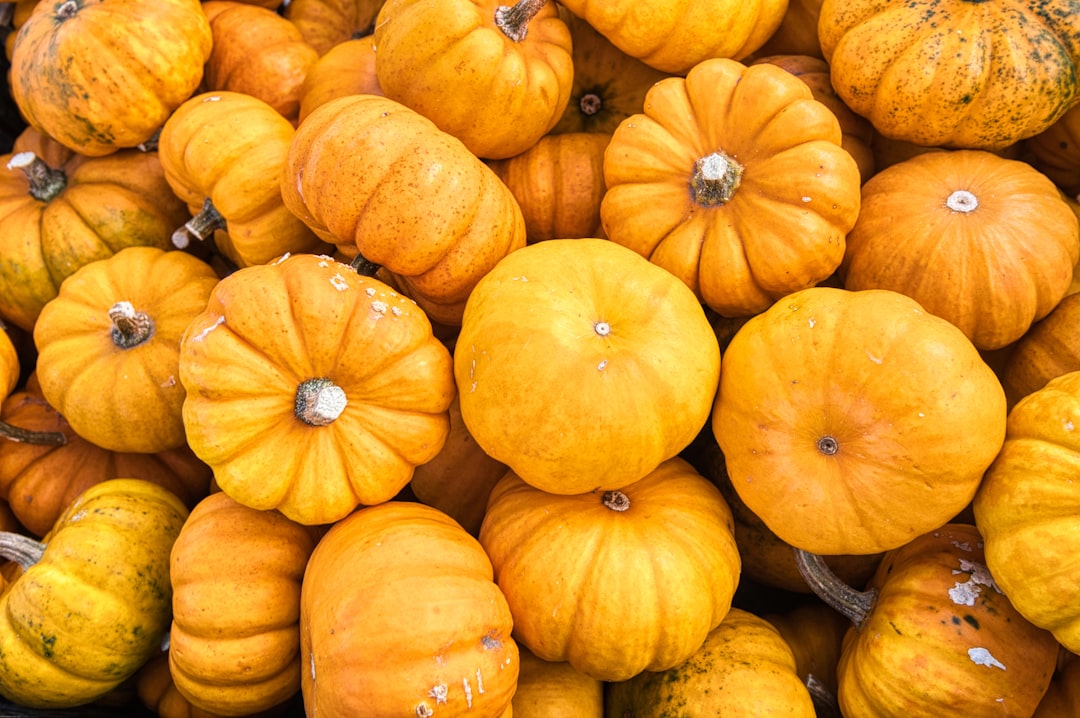The Magic of Flour Swap in Your Kitchen

Are you tired of using the same old all - purpose flour in your recipes? Well, it's time to make a change and learn how to swap whole wheat flour for all - purpose flour. Our Test Kitchen has some must - know secrets that will make this substitution a breeze.
First, let's understand the differences between whole wheat flour and all - purpose flour. All - purpose flour is made from a blend of hard and soft wheat, which gives it a medium protein content. This makes it suitable for a wide range of recipes, from cakes to breads. On the other hand, whole wheat flour is made from the entire wheat kernel, including the bran, germ, and endosperm. It has a higher fiber content and a nuttier flavor, but it can also make baked goods denser if not used correctly.
One of the most important secrets is the ratio. When substituting whole wheat flour for all - purpose flour, you can't do a one - to - one swap in all cases. A good rule of thumb is to start by replacing about 25% of the all - purpose flour with whole wheat flour. For example, if a recipe calls for 2 cups of all - purpose flour, use 1.5 cups of all - purpose flour and 0.5 cups of whole wheat flour. This way, you can gradually introduce the whole wheat flavor and texture without overwhelming the recipe.
Another key factor is moisture. Whole wheat flour absorbs more liquid than all - purpose flour because of its higher fiber content. So, when you make the substitution, you may need to add a little more liquid to your recipe. This could be water, milk, or any other liquid called for in the recipe. Start by adding an extra 1 - 2 tablespoons of liquid for every cup of whole wheat flour used and adjust as needed. You want the dough or batter to have the right consistency - not too dry and not too wet.
Now, let's talk about some recipes where this substitution works well. In muffins, for instance, swapping a portion of all - purpose flour with whole wheat flour can add a healthy twist. The muffins will have a slightly denser texture but will also be more nutritious. You can also try it in pancakes. The whole wheat flour will give the pancakes a heartier flavor and a bit more substance. Just make sure to follow the ratio and moisture tips mentioned above.
For bread recipes, the substitution can be a bit more challenging. Bread requires gluten development for a good rise, and whole wheat flour has less gluten - forming potential compared to all - purpose flour. However, you can still make it work. Use a high - protein whole wheat flour and consider adding vital wheat gluten to the recipe. This will help the bread rise properly. You may also need to knead the dough a bit longer to develop the gluten.
When it comes to cookies, whole wheat flour can be a great addition. It can make the cookies more chewy and add a nutty flavor. Again, start with a small substitution and adjust the liquid as needed. You might be surprised at how delicious your cookies can turn out with a touch of whole wheat flour.
It's also important to note that the quality of the whole wheat flour matters. Look for freshly milled whole wheat flour for the best flavor and nutritional value. You can even mill your own wheat berries at home if you have a grain mill. This ensures that the flour is as fresh as possible.
In conclusion, swapping whole wheat flour for all - purpose flour is not only possible but also a great way to add more nutrition to your cooking. By following these must - know secrets from our Test Kitchen, you can successfully make the substitution in a variety of recipes. So, go ahead and experiment in your kitchen. You'll be on your way to creating healthier and more delicious meals in no time.